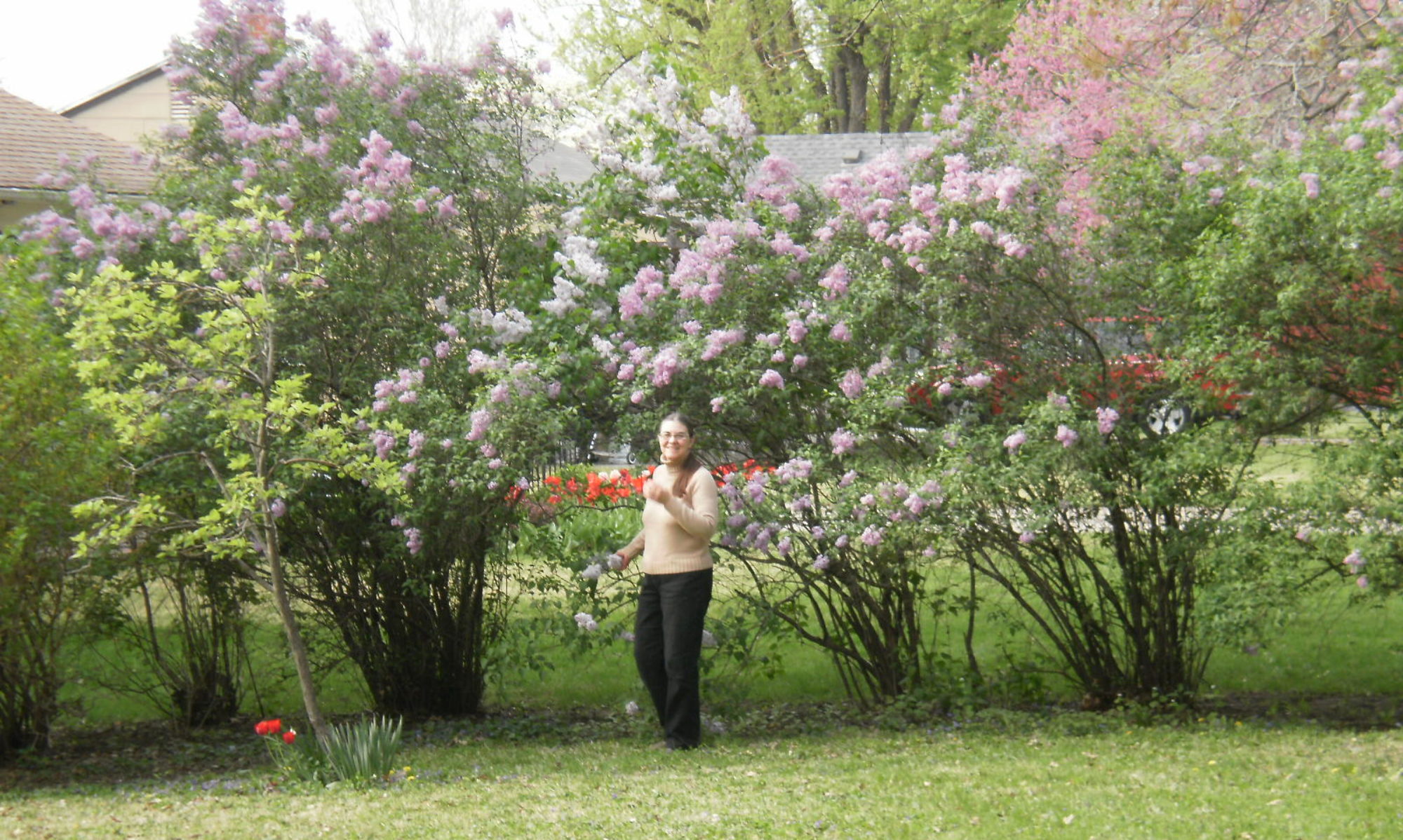Sometimes I wonder how you know when you have arrived. Who is a writer and who is a poser, who is an author and who is a writer? How much difference is there? A writer writes, of course, but an author is published. But how published, where, how often, and how successfully?
Barbara Cartland, the romance novelist, wrote 723 books including 160 that were published posthumously. But she pales in comparison to Maria Lopez, a Spanish writer who has written more than 4,000 novels. And what about translations? In 2006, Guinness World Records named L. Ron Hubbard the world’s most published and translated author, with 1,084 works in 71 languages. J. K. Rowling’s Harry Potter series has been translated into 85 languages, some with fewer than a million speakers. I’d say those folks have arrived.
About that posthumous publishing. If you are mostly known for things published after your death, are you a successful author? Emily Dickinson wrote throughout her life, but her only publications during her lifetime were one letter and 10 of her nearly 1,800 poems. The first volume of her poetry was published four years after her death, but a lot of her work was heavily edited because of her unique writing style. Since 1890, Dickinson has remained continuously in print, but it wasn’t until 1955 when Thomas H. Johnson published Dickinson’s Complete Poems that her original style was on display. Still, she’s is counted as a success by most everyone.
What about self published books? Are those worthy of being considered successful? Reedsy Discovery has a pretty convincing list, with Paradise Lost, The Martian, and, for better or worse, Fifty Shades of Grey being among the publications we might all agree are successful in one way or another.
So, what about that writing? Do you have to make your living at it to be considered successful? Anthony Trollope worked a full time job as a civil servant but wrote 1000 words every day before breakfast. He wrote a heck of a lot, too: 47 novels in addition to short stories, essays, and plays. He was one of the most respected authors in Victorian England, all while working a day job. Stephen King spent some of his early writing career teaching, Geoffrey Chaucer was a politician, and the list goes on. Still, successful authors all.
If you are published, is someone willing to give you money for your work? What does that success look like? I discovered it can vary a lot. You’d think really prolific writers would make a lot of money, but that isn’t necessarily true. Prolific Stephen King is worth $500 million, while cartoonists Matt Groening (“The Simpsons”) is worth $600 million, and Jim Davis (Garfield) $800 million. The ridiculously prolific James Patterson clocks in at $800 million. J. K. Rowling, with fewer books but perhaps more movie deals, as of 2024, was estimated to be worth $1 billion. She is surpassed by Elisabeth Badinter, a French writer, philosopher, and historian, regarded as the richest author in the world ($1.8 billion). Better known in Europe than in the U.S., she writes non-fiction, not novels or cartoons. You would have thought that someone as prolific as Barbara Cartland would have been pretty rich, but after her death, her estate found itself with a final value, after all the bills were paid, of $0. She’s in good company. H. P. Lovecraft, Edgar Allan Poe, and Oscar Wilde made money from their writing, but all died poor. Still, they are all regarded as successful in their craft. To my mind, if anyone is willing to hand you some money for the writing you did, that is success.
Let’s go back to the question of how much you have to publish to be considered a successful author. Harper Lee, who worked as an airline reservationist until she quit to work full time on her novel, famously only published one book, To Kill a Mockingbird. But when your one novel wins a Pulitzer Prize, that seems pretty successful. She finally did publish another book 55 years after the first one.
It’s not so very easy to know when you have succeeded. Success can take a lot of forms. According to various dictionaries, you are an author if you create something literary with the intention that it will be published some day. By this definition, you just have to create to be an author however that creation is handled after the work is done. (But with editing being what it is, is it ever done? That’s for another blog post.)
I’m thinking if I keep writing, keep attempting to get more things published, and maybe die with a whole lot of stuff ready for my family to cash in on, I’m bound to be able to claim I have arrived in the hallowed halls of authors. In the mean time, maybe it’s time to focus on those 1000 words a day before breakfast.
Image: One thousand words before breakfast. By Marilyn Evans










